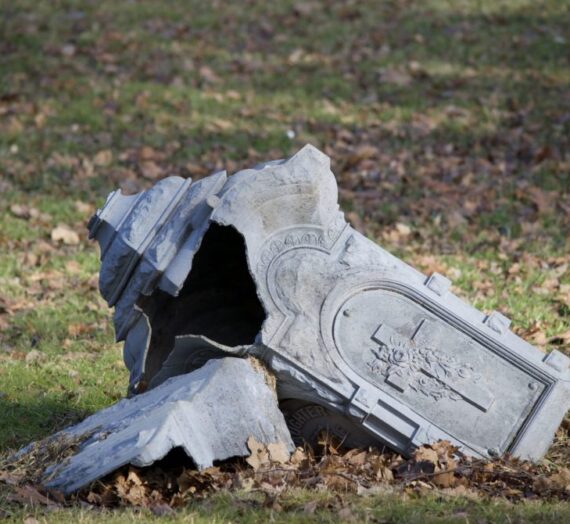Photo by Pablo Delano. Capitol Avenue, 2013
“Hartford’s unique history and how it manifests itself in the visual” is part of what provoked Pablo Delano to build his portfolio of street photography, some of which will be on view at the Connecticut Historical Society in the Hartford Seen exhibit. The work portrays scenes from many neighborhoods, from the South End to Blue Hills, Parkville to North East.
Most of the 120 pictures were taken in the last 2-3 years. A benefit of living close to one’s subject matter is being able to return to the scene as many times as it takes to get a satisfying shot. Sometimes the light is not right the first or second time around, or the leaves obscure part of the subject. For Delano, the way green shows up in color photography is not always accurate to what he sees, so he tried go out at times of year when there would be less of that.
In 1996 when he interviewed for a job at Trinity College in Hartford, the native of Puerto Rico had been living in Manhattan. The first place he was taken off campus was to El Mercado on Park Street. He loved it. He moved up to Connecticut and spent time observing Hartford, but was primarily focusing his time and energy on photographing Trinidad. Around 2008, he decided to “make some work out of all the looking” he had done here.
That looking happens up close, from angles other than straight-ahead. It’s noticing the wording on banners, or that a shop changes locations and takes its old sign along with it.

“I don’t claim that these photographs are anything beyond one person’s vision of the city,” Delano told me, while explaining why he included and excluded certain sites. He has taken pictures of all the standard landmarks, but is largely leaving them out of this exhibit, choosing instead to focus on “what is important to people in their day-to-day lives,” such as homes, shops, and places of worship.
The “pictures are of buildings, but story is about the people” he said. The exhibit includes images of perfect sixes built in the nineteenth century. At the time, this housing stock was for the workers, the middle class. Over the years, Hartford has lost much of that demographic and these buildings have undergone all kinds of changes, from demolition to the removal of porches to complete rehabs. Seeing a grouping of various reinterpretations of the perfect six gives a different impression than seeing the building more occasionally.

The “layering” that has happened over the years is not strictly residential. This can be seen in structures, mostly in the city’s north neighborhoods, that went from use as synagogues to churches, or in one case, from a residence to a synagogue and then to a church. Stars of David, the Ten Commandments — in Hebrew, no less — still decorate some of these buildings. On what is now used as a Masonic temple, one can still see the curve of what had been the Ark.
“To me, being born in Puerto Rico, the whole Hispanic side of the city is fascinating,” Delano said. There are no strict ethnic boundaries like you see in some cities. El Mercado, with its multiple Hispanic restaurants, is an example of this. Just as structures have varied in use over the years, so has the ethnic composition of the neighborhoods changed, and this change turns up in the food. El Mercado’s one Puerto Rican restaurant, Cuchilandia, has been replaced by a Peruvian spot, adding to the Colombian, Dominican, and Mexican cuisine represented in the Frog Hollow plaza.

Photo by Pablo Delano. Main Street, 2014
Hartford, a place where the population nearly doubles on weekdays due to the approximately 106,000 commuters coming here, is still one of the nation’s poorest cities, but Delano sees it has having a “kind of hope.” Some of the buildings photographed have been since demolished. Businesses have closed. But some show signs of remodel, as a new business owner prepares the space for a different use.
“Places like Hartford are indicators of the future,” he said.
In the exhibit, one will notice minimalist labeling of photographs. Delano said the identification of buildings by street address only was intentional. “What do you do with a building that began as one thing, then becomes something else, then something else? Do you privilege the past or the current use?”
The photos, he said, are really about the “ebbs and flows of humanity.”
Hartford Seen will be on display at the Connecticut Historical Society — One Elizabeth Street — from October 3, 2014 through March 14, 2015. The museum is open Tuesday-Friday, 12-5 and Saturday, 9-5. General admission: $8, cheaper for students, seniors, and youth. Admission is free on the first Saturday of each month.

